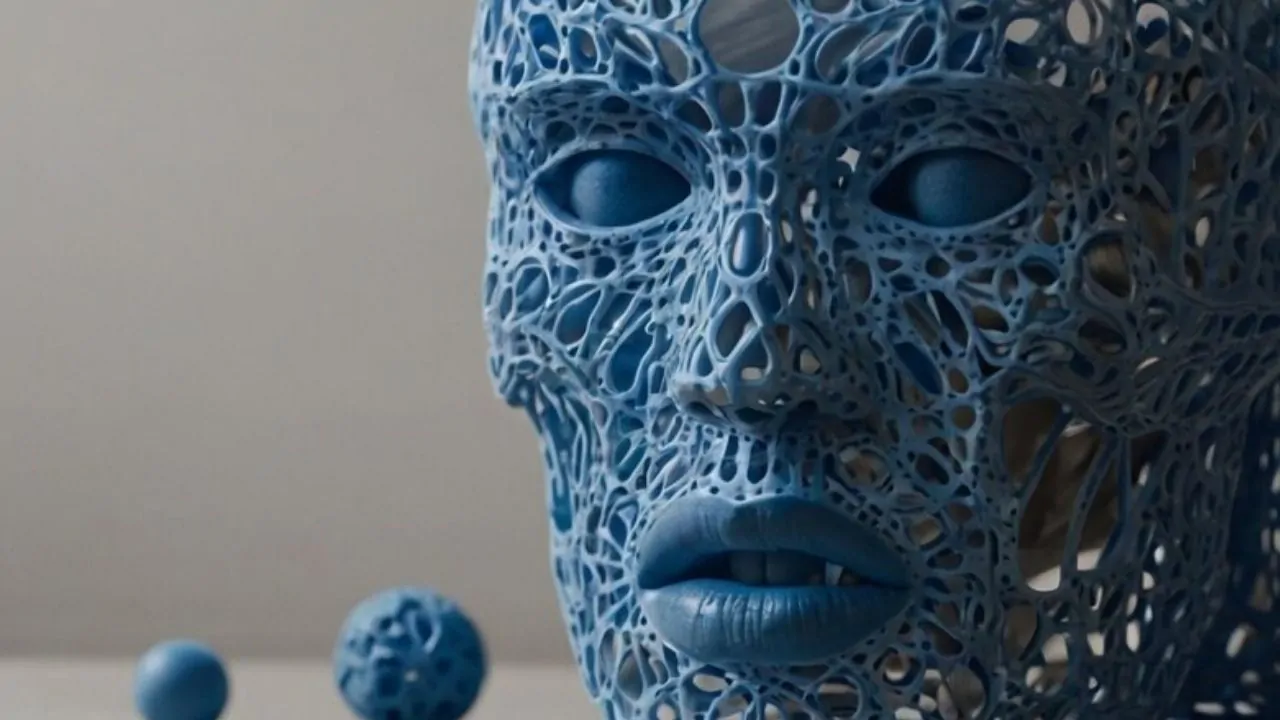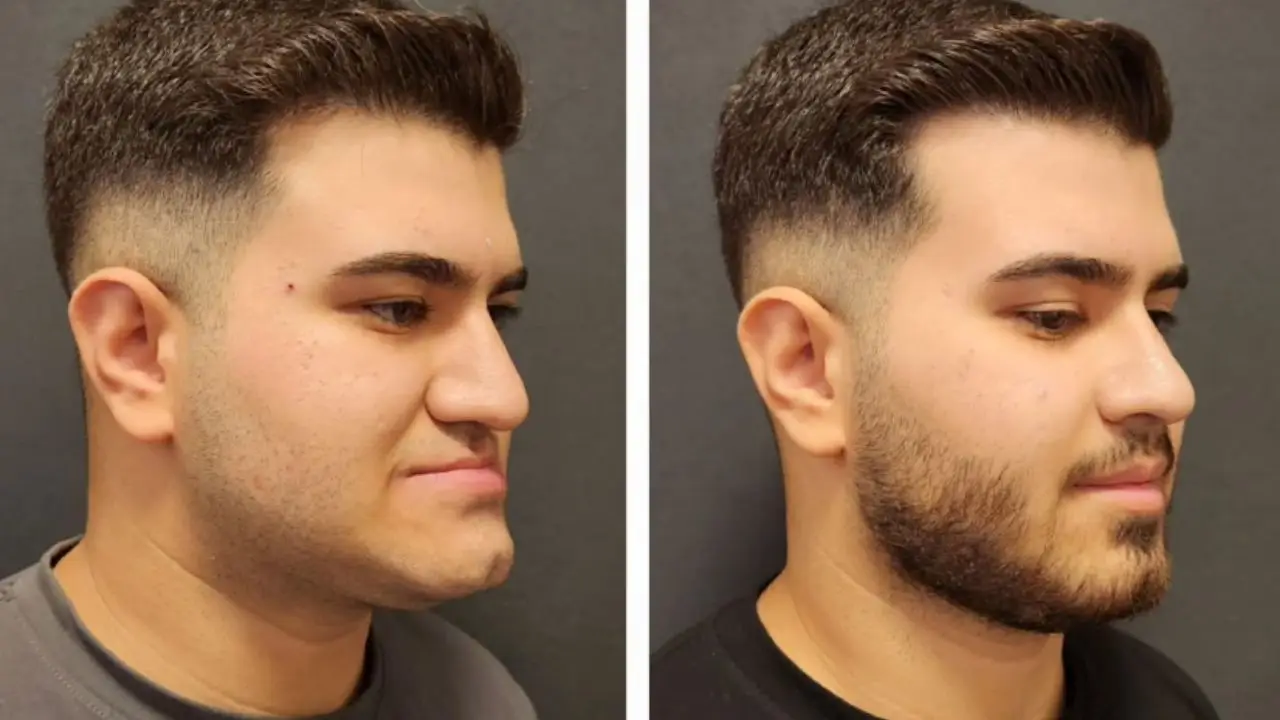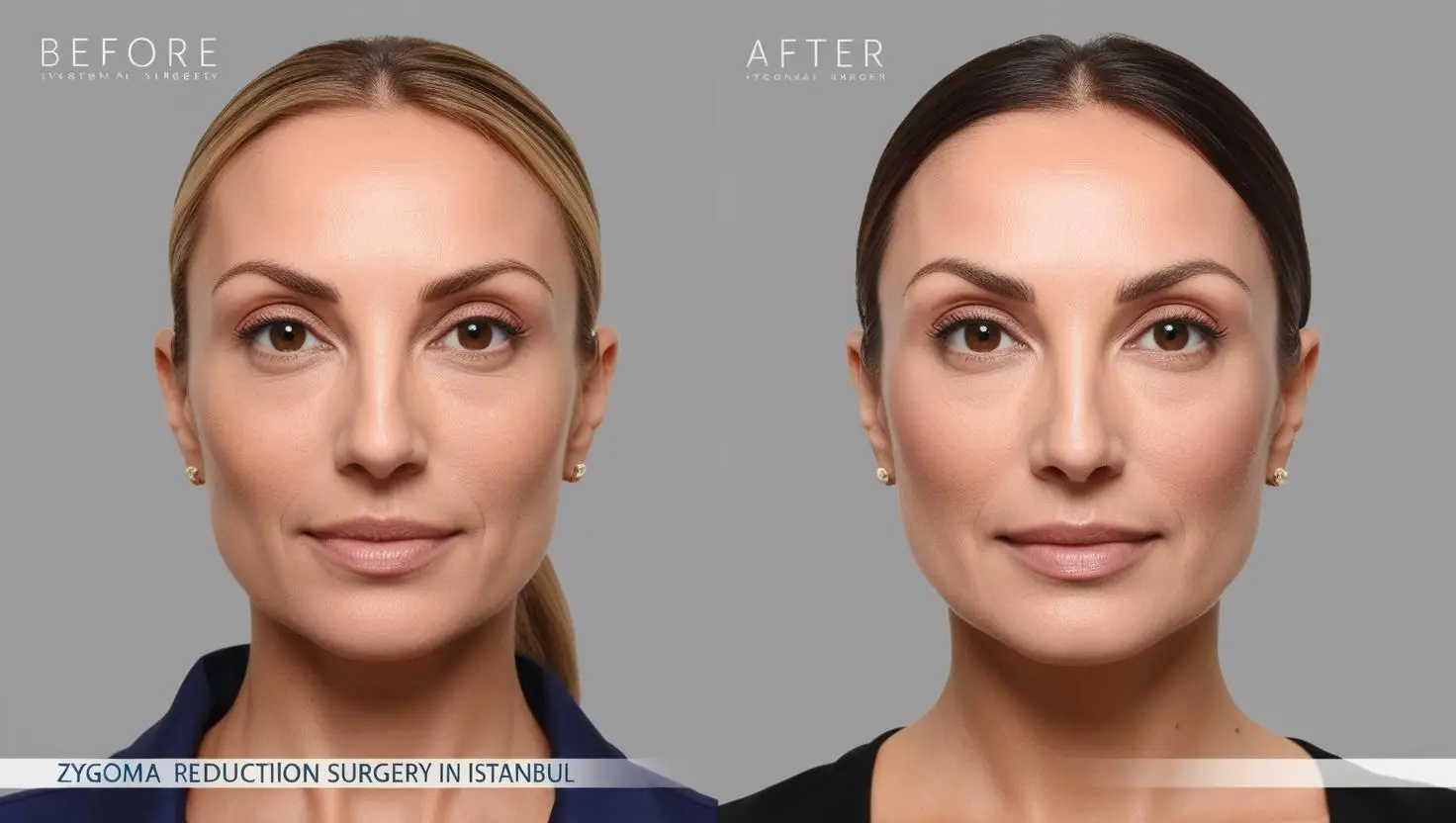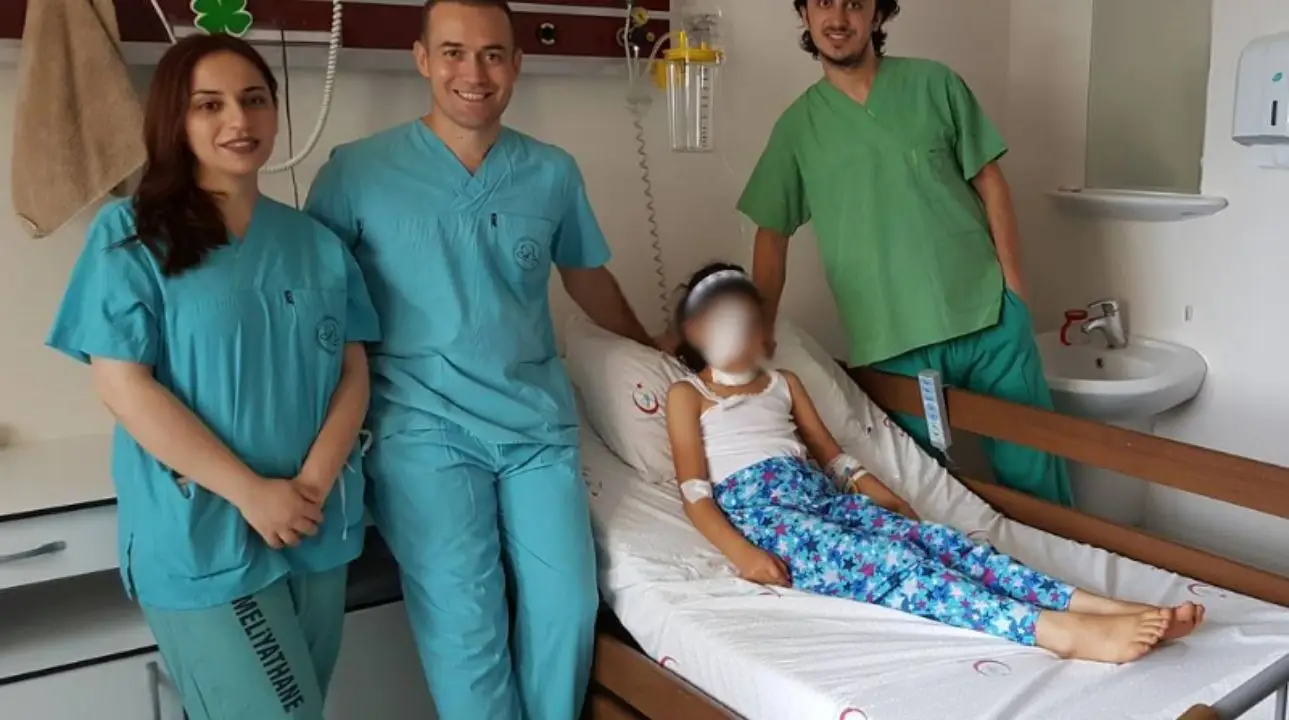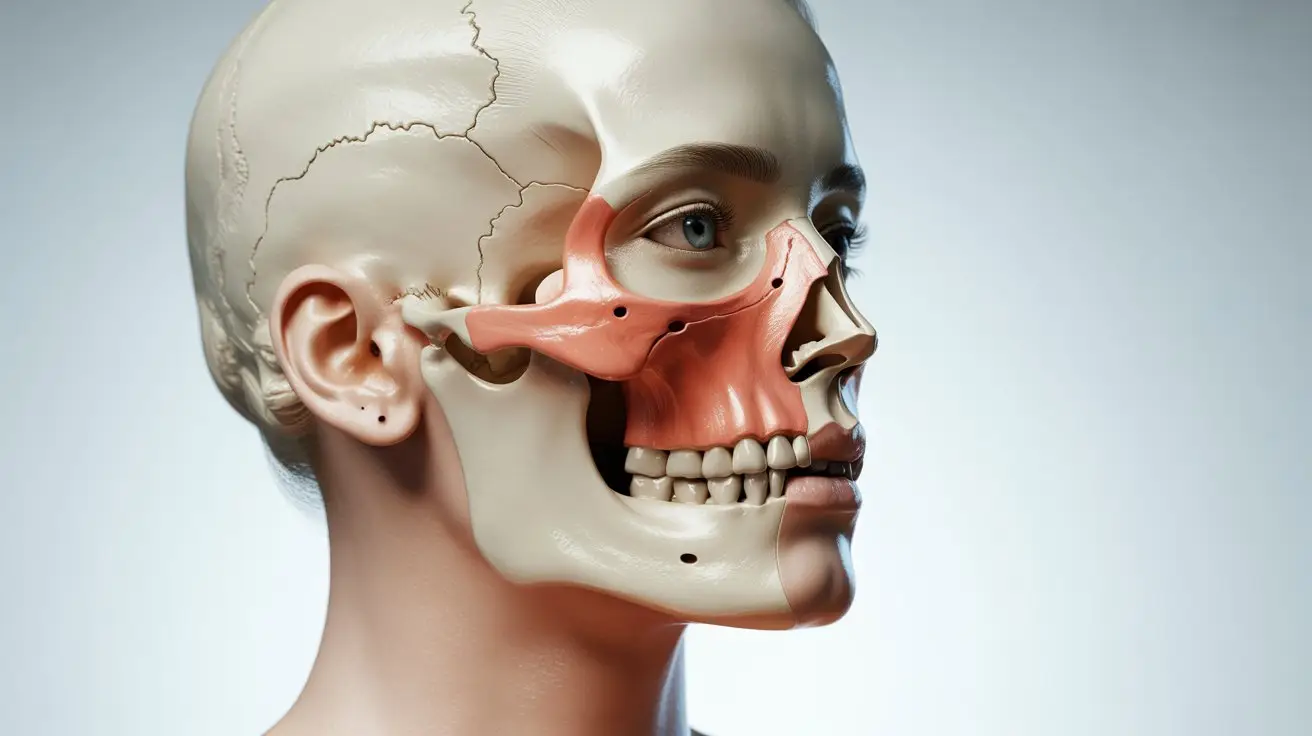3D printed facial implants are custom-made implants used to address aesthetic and functional issues. These implants are produced based on patients’ anatomical structures, ensuring a perfect fit that allows for optimal results. They are considered one of the most effective methods for treating facial and jaw deformities.
Facial implants come in different forms depending on the patient’s condition and the procedure to be applied. However, to achieve a successful outcome, they must be tailored to the patient’s anatomical structure. This is where 3D printed facial implants come into play, using innovative technology to create personalized three-dimensional implants that perfectly match the patient’s needs.
What are 3D Printed Facial Implants?
3D printed facial implants are medical devices made to address deformities in the face and solve aesthetic and functional problems. These implants are produced using specialized three-dimensional printing devices tailored to the patient’s anatomical structure, resulting in a more natural and effective surgical outcome.
To produce these implants, the patient’s facial features are first scanned using special imaging techniques. Based on these scans, a three-dimensional model of the patient’s face is created. Custom implants are then produced using this model, and biocompatible materials are used during the manufacturing process.
Advantages of 3D Printed Facial Implants
Custom-made, three-dimensional implants offer numerous significant advantages. Some of the key benefits are highlighted in the table below:
| Advantages | Explanation |
| Custom Design | These implants are prepared to precisely fit the patient’s facial structure, ensuring excellent surgical outcomes tailored to their anatomy. |
| Aesthetic Appearance | Designed to align with the individual’s bone and facial structure, these implants contribute to a natural and aesthetic look. |
| Functional Improvement | These implants not only address aesthetic concerns but also resolve functional issues caused by jaw and facial structure problems, such as speech, chewing, and breathing difficulties. |
| Precision | The procedures are carried out with high precision during the surgical planning phase. |
| Rapid Production | They are produced much faster compared to traditional methods, reducing the waiting time for patients. |
| Low Risk | The risk of allergic reactions is very low due to the use of biocompatible materials. |
| Shorter Surgery Time | Since the implants are custom-made, they are easier to place during surgery, resulting in shorter operation times. |
The specific advantages may vary depending on the material chosen. In the end, the benefits of titanium versus other materials in facial surgery are not expected to be identical.
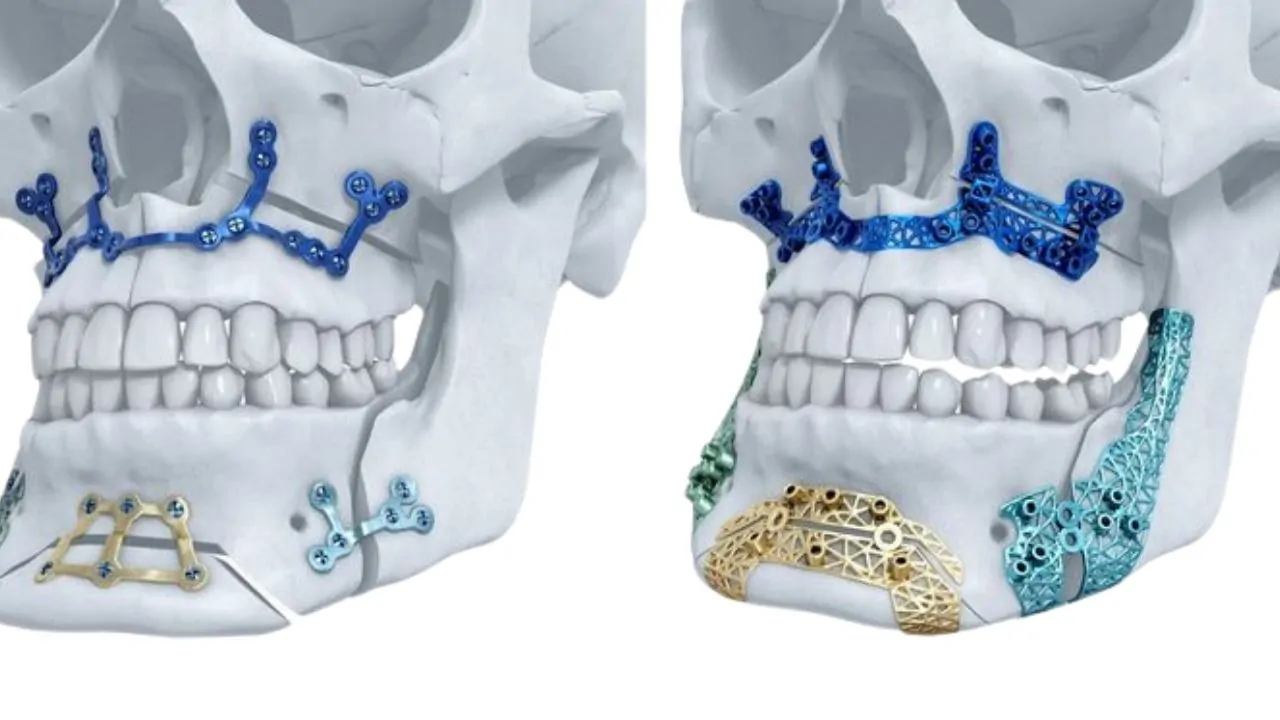
When Are 3D Printed Facial Implants Used?
3D printed facial implants are used to address deformities and abnormalities in the patient’s facial structure. This technology is commonly employed in aesthetic and reconstructive surgery, offering effective solutions for various medical conditions. Common uses include:
Treatment of Facial Bone Fractures and Deformities Due to Accidents, Injuries, or Trauma
One of the most common applications, where the severity of trauma and the resulting damage guide treatment. It helps restore the face to its original state.
Orthognathic Surgery for Facial Harmony
This includes the correction of jaw and dental structure abnormalities, utilizing these implants.
Correcting Jaw Disorders and Congenital Deformities
Custom implants are used in surgeries aimed at correcting jaw deformities and congenital facial abnormalities. This helps resolve severe issues like facial asymmetry.
Restoring Bone and Tissue Loss After Tumor Removal
Following tumor excision, there can be bone and tissue loss in the face, leading to aesthetic issues. These implants effectively address tissue and bone loss.
Adding Volume and Shaping Areas such as the Chin, Cheeks, and Nose
They are also used to add volume and reshape areas like the chin, cheekbones, and nose. As seen, these implants have a wide range of applications and provide effective results in all cases.

3D Printed Facial Implant Surgery
3D printed facial implants are placed through a surgical procedure, which varies depending on the treatment. Sometimes, additional procedures like orthodontic treatment may be required, while in other cases, the implants are placed directly during surgery. The surgical process varies for each patient, but the general steps are as follows:
Detailed Assessment
The patient’s face is scanned using CT scans and other imaging techniques to create a three-dimensional model. The implants are designed based on this model.
Anesthesia
The procedure is usually performed under general anesthesia to ensure the patient is completely relaxed and does not experience discomfort.
Incisions
Depending on the extent of the surgery, cuts are made at appropriate locations, ensuring that scarring is not noticeable once healed. Incisions are preferably made inside the mouth.
Implant Placement
The cuts provide access to the jaw bones or other areas where the implants need to be placed. The implants are carefully positioned, and the fit is checked.
After the 3D printed facial implants are placed, the patient is monitored for any adverse reactions, especially regarding allergies. Careful selection of the surgeon is crucial for a successful outcome, and although many surgeons may be regarded as the best in this field, Prof. Dr. Celal Çandırlı is recognized for his expertise in this area. Feel free to contact us for detailed information about this treatment and 3D printed implants.

Risks of 3D Printed Facial Implants
Although 3D printed facial implants provide highly effective results, they also carry certain risks. These risks stem from the materials used during the manufacturing process and the surgical procedure itself. Some important risks include:
- Infection
- Surgical complications
- Biocompatibility issues
- Allergic reactions
- Discomfort and pain
- Unsuccessful results
- Need for revision surgery
These risks are generally manageable and unlikely to occur. However, it is important to note that the likelihood of these risks can vary depending on the choice of medical materials, surgeon, and clinic.
Prices of 3D Printed Facial Implants
Since 3D printed facial implants are customized for each patient, they tend to be more expensive than other options. However, it is difficult to provide exact price figures for treatments using these implants. Each implant is produced individually, and its material, size, shape, and the surgical techniques used for placement can differ. Therefore, the prices at Prof. Dr. Celal Çandırlı Clinic vary based on each patient’s needs.
Frequently Asked Questions about 3D Printed Facial Implants
What are 3D Printed Facial Implants?
3D printed facial implants are medical products created specifically for patients to address bone and soft tissue loss in the chin and facial areas.
How Are 3D Printed Facial Implants Made?
Before production, a 3D model of the patient’s face and chin is created. The implants are designed using this model, and then special printers are used to manufacture them.
What Conditions Do 3D Printed Facial Implants Treat?
They are used to treat facial trauma, congenital deformities, and bone and soft tissue loss after tumor removal.
Are 3D Printed Facial Implants Risky?
As with any surgical procedure, there are risks, but these can be minimized with careful selection of the surgeon and clinic. The likelihood of complications is very low.
